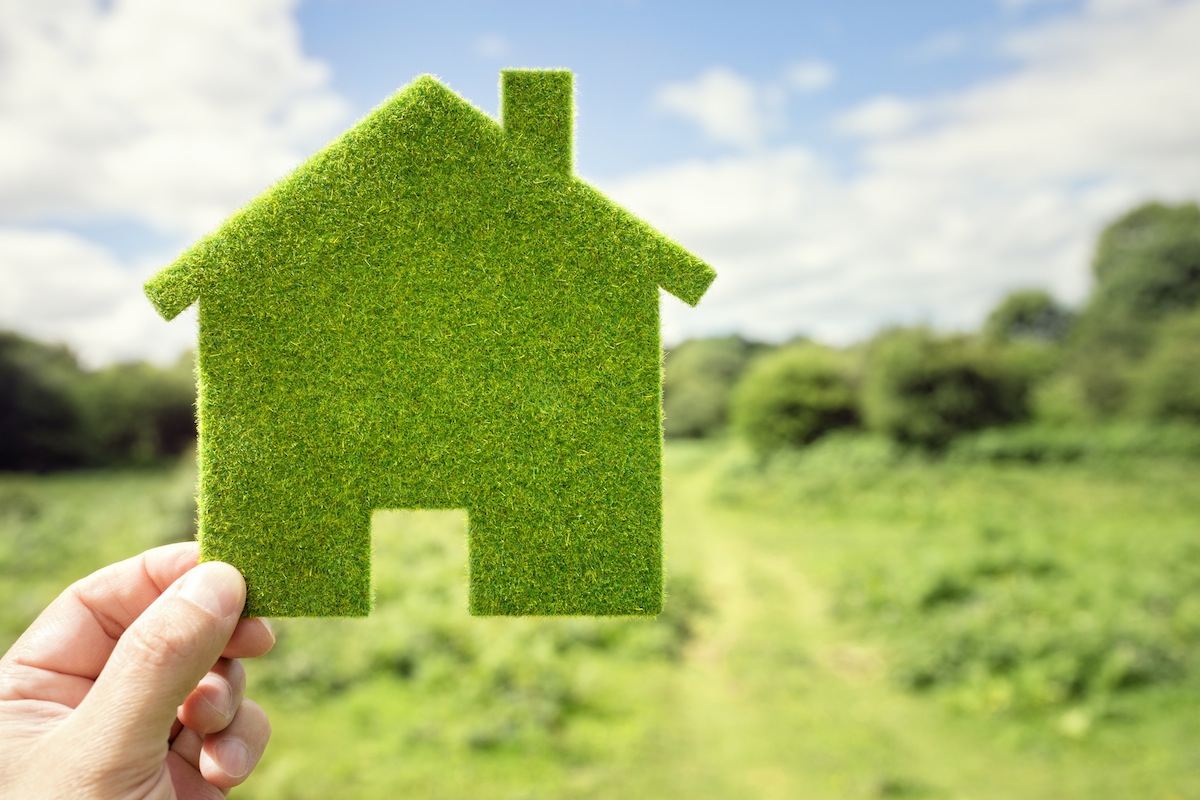Brick: a Sustainable Choice!

Isn’t it true that we’ve all come a long way in terms of being environmentally friendly? From participating in the reuse economy, to improving our daily household practices, to supporting recycling programs at our offices, churches and schools: all of the small individual choices we make really do add up to big changes.
But, have you ever considered how building a new home impacts the environment? Did you know that ‘building’ accounts for 40% of global raw material extraction*? It’s no wonder that ‘sustainable design’ is such a focus for designers around the world. According to gobrick.com, “sustainable buildings are designed in a way that uses available resources efficiently and in a responsible manner, balancing environmental, societal and economic impacts to meet the design intents of today while considering future effects. Sustainable buildings are designed to be energy efficient, water efficient and resource efficient. They should be resilient to withstand the effects of nature with minimal damage.” Brick certainly fits the bill as a sustainable choice given its phenomenal longevity and performance.
In this article, we’re taking a closer look at how brick measures up using an analytical tool called Life Cycle Analysis (LCA). This universally-accepted method helps decision makers in the building industry select the “best technology available while minimizing the environmental impact of buildings”*. LCA analyzes and measures the impact a building product and its services have on our environment through all stages of its life: from raw material stage to its end-of-life disposal.
LCA looks at the impact of a product during three specific phases:
– Production (material extraction, product and transportation)
– In-use (energy use, thermal properties, and maintenance requirements)
– End-of-life (recyclability, recovery and disposal).
PRODUCTION
Clay is an abundant raw material, and therefore doesn’t threaten limited natural resources. And, the extraction of clay generates very little waste. General Shale has several manufacturing plants across the United States, so we can produce our brick in close proximity to where we extract the raw material. This practice is much more sustainable than transporting raw material long distances.
Brick manufacturing follows centuries-old basic steps (mixing clay with water, forming, drying and firing) with technological advancements over the decades that have made processes substantially more efficient and have improved product quality. Plus, during brick production, imperfect products can be recycled back into production, through an inexpensive crushing process; crushed brick is simply reground and put back into the manufacturing process.
IN-USE
While in-use, brick is truly a sustainable superstar – given its unparalleled longevity, durability and performance. Brick structures last for generations, eliminating the need for replacement materials over the life of the building and the accompanying depletion of resources (i.e. raw materials). When something lasts you simply need less of it! And, brick is virtually maintenance free – which helps avoid the extra products, cleaning solutions, natural resources, and energy usage required for the upkeep of higher-maintenance exteriors.
Brick (masonry) walls provide excellent thermal comfort from both the cold and heat which lowers energy usage every day. And brick homes provide superior fire and pest resistance, as well as better protection from severe weather.
END-OF-LIFE
Throughout North America (and certainly around the world) brick and stone structures can be hundreds of years old, and still deliver their original function. While centuries ago, builders had less choice for exterior materials, today they still turn to masonry for our schools, churches, commercial buildings, and homes – because there simply isn’t a longer lasting option that delivers so much benefit.
When brick buildings are demolished, much of the clay brick can be recycled or reused as reclaimed brick. Vintage or historical brick is very desirable in the design world, and choosing this option means avoiding use of new material, and all of the raw material and energy needs that go along with it. That’s what a sustainable choice is all about!
Whether your own personal style is charming, old-world or sleek and modern, you’ll find so many impressive brick options at General Shale. And you can feel good about your choice, knowing that you’re limiting your impact on the environment. Visit our brick selection or contact your local General Shale retail store, dealer or distributor for more product information.
*Building and Environment Journal: Life cycle assessment of building materials: Comparative analysis of energy and environmental impacts and evaluation of the eco-efficiency improvement potential.
